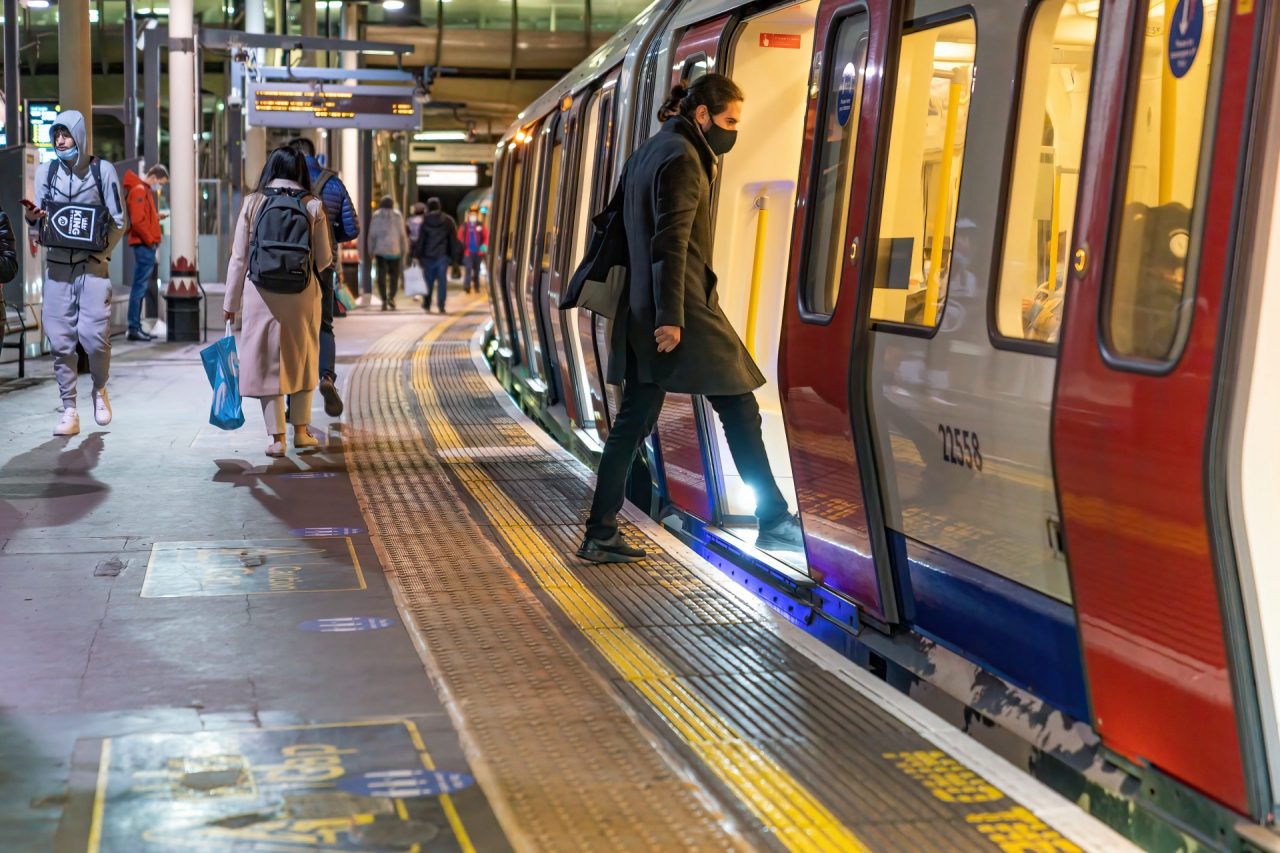London isn’t dead: despite the fact that Covid-19 emptied offices around the city, forcing about 540,000 people into remote work situations, there’s a palpable air of a collective desire to revive the city.
The vaccination campaign is at an advanced stage, while the risk of the spread of variants, particularly the Indian one, is seen as a new challenge to be conquered as quickly as possible.
London’s financial district is not what it used to be. It lacks its usual hustle and bustle, with people racing to get to meetings on time and floods of workers on their lunch breaks. The city has paid a high price for the pandemic, which took the lives of 15,000 Londoners in just over a year. Despite the paradigm-shifting nature of the pandemic, London will fight to remain what it has always been: frenetic, full of life, and oriented toward the future.
Last January, the mayor’s office drew up a report which showed that even if large companies do not abandon the capital, they still need to rethink spaces and approaches to work if they want to give people incentive to return to the office.
To ensure London’s future as an international hub, rethinking the model of the city itself will be key. Investing in transport that will keep people safely and efficiently on the move is a more strategic choice than ever.
According to the mayor’s office calculations, by 2025, weekend visitors to London will double. The city is not slowing down, aiming to ride this upswing to its advantage.
Prior to the Covid-19 crisis, London’s transport system was moving 30 million people a day, more than the national rail and bus network. The goal now is to get back to those levels – and eventually surpass them.
Reviving London begins with sustainable mobility
With metro, bus and bicycling options, in the British capital, the car is best left at home. Before the crisis broke out, overall demand for public transport had grown by 63% since 2000. The decline in Tube and bus travel due to contagion risk has reduced this percentage, which should now go up again.
In fact, the Mayor of London’s Transport Strategy, officially launched by the city administration, foresees that by 2041, 80% of Londoners will get around on foot, by bicycle or by public transport, particularly the subway.
And it’s the subway lines where the majority of the most interesting projects are happening. There’s the modernization of the Bakerloo and Central lines, aimed at increasing the capacity of these two historic lines by up to 40%, and the development of the Piccadilly Line, expected to be completed by 2030 and with a planned £2.5 billion (€2.9 billion) investment. Lastly, the expansion of the Jubilee Line, expected to be completed by 2029, will have a considerable impact, serving an additional 14,000 people per hour in the business district, the city’s most productive area.

London public transport as a top priority: large-scale projects to recover from Covid-19
In May 2020, in a pandemic-stricken London, with deserted streets and empty subways even at peak hours, Transport for London, the public company that runs the city’s transport, allocated £1.6 billion (€1.8 billion) to ensure reliable service, despite the fact that traveler numbers had plummeted by 90%.
One year later, London is emerging from the Covid-19 crisis, and buses as well as subway trains have once again been filling up. Although the vaccination campaign is at an advanced stage, the risks of the variants can be felt around the country, particularly in the capital. Because of this, Transport for London and the Department of Transport have not yet stopped pouring funds into transport support, confirming the financial support package through this month.
One of the projects that will benefit the whole country is the construction of a high-speed line that will quickly connect the main cities of the United Kingdom. In fact, a report drawn up by the High-Speed Rail Group explains that for post-Covid-19 economic recovery, proceeding with the plan of a high-speed rail covering the country from South to North is essential. This project has already been shared with the government and is destined to profoundly change UK mobility, and in particular, mobility in London, the terminus of the future bullet train.
The necessary investments: where to find the funds
In the city that has grown up alongside its “Tube”, transport means development, investment and having a vision for the future – today more than ever. To emerge from the Covid-19 crisis, the UK has decided to focus primarily on sustainable mobility, beginning with its capital.
Investment is the starting point. Over the past 50 years, about one third of British transport investment has been provided by the EIB, the European Investment Bank.
However, the UK’s exit from the European Union interrupted the flow of funds and today the government must reallocate new resources to upgrade the transport network.
Like Canada and Japan, who successfully and effectively navigated partnerships with the Canada Infrastructure Bank and the Development Bank of Japan, respectively, the UK is now looking for backing from the UK Infrastructure Investment Bank (IIB), the state-owned financial institution tasked with supporting infrastructure investment.
The government presence and growing role of the IIB will not, however, suffice on their own to reach the 2050 target, when the UK aims to be a net-zero emissions country. The private sector, currently a minority player in financing major works, will have to increase its role in the industry and support the construction of strategic works. One of these is the High-Speed North, the reconstruction of the old Northern Powerhouse Rail, the railway that will connect the main cities to the North of England, i.e. Manchester, Liverpool, Leeds, Sheffield, Hull and Newcastle-upon-Tyne.
From subway lines to high-speed trains, new moves toward sustainability and new models of development are shaping the revival that’s begun in London.

